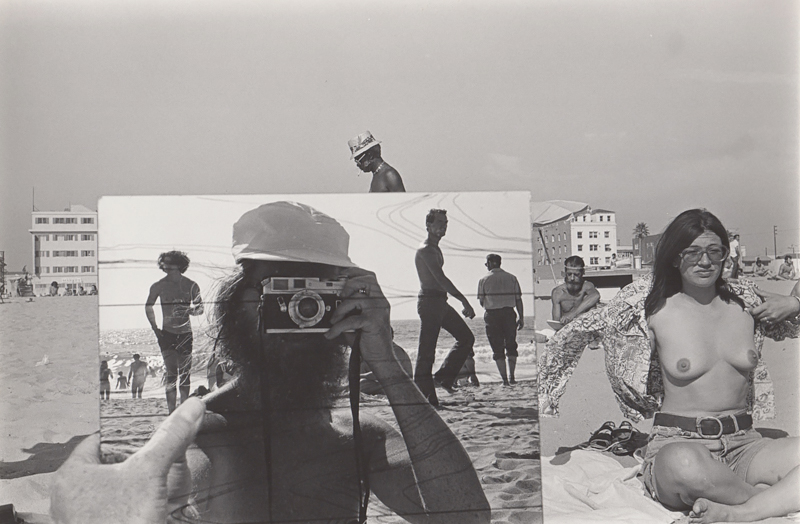Ed Sievers was born in 1932 in St. Louis, MO, the son of a family doctor that made house calls and an aspiring opera singer. He attended Grinnell College, graduating with a degree in Speech in 1954. His first job was as a creative writer for Hallmark Cards. The slogans he penned were notable for the wry wit and wisdom with which he commented on the human condition. At the same time, his interest in the arts was expanding from the literary to the visual, and would ultimately lead him in a new direction.
In 1966 he was accepted into the MFA program at the Rhode Island School of Design to study photography with Harry Callahan. Upon graduation in 1968 he joined the faculty of California State University, Northridge, as a specialist in fine art photography. He took up residence in the Carlton Hotel in Venice Beach and soon realized he had walked into a street photographer's dream.
Originally designed as a resort community modeled after its Italian namesake, Venice had fallen on hard times. Buildings were in disrepair and rents were cheap. Influenced by the Bohemian lifestyle of its poets, artists, students and a struggling lower class, the boardwalk suddenly sprang to life. There were musicians, dancers, jugglers, mimes, magicians, comedians, roller skaters, fortune tellers, gritty street people and colorful hippies. And, of course, there was the sprawling nude beach. Throngs of gapers flocked from throughout Southern California to enjoy the expressive spirit of the moment.
But that was only on weekends. A quieter, more sensitive mood prevailed during the week. The gentle gestures of holocaust survivors at the Israel Levin Center. The recovering alcoholics quietly heading home after Al-Anon meetings. The homeless searching for food and drink. The once cheerful cottages longing for attention. The iconic murals. The myopic murals. The motions of a people not sure of what lay ahead.
Within a decade the Venice that Ed knew had been swallowed up by rampant commercialism and the inexorable influx of the nouveau riche. Upon his death in 2002, the Edwin R. Sievers Memorial Award was established to share his vision with future students; "His approach to photography was straight forward: use the nuances of available light to enhance the subject, whatever that may be: ordinary, quirky, or sublime."
Source: Robert Mann Gallery
